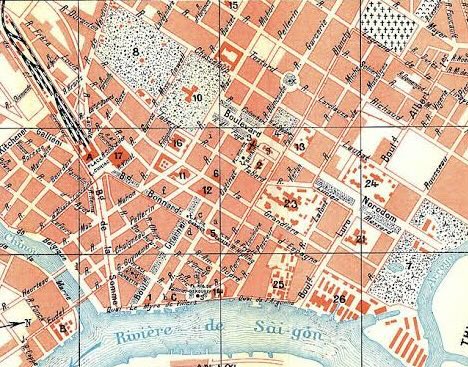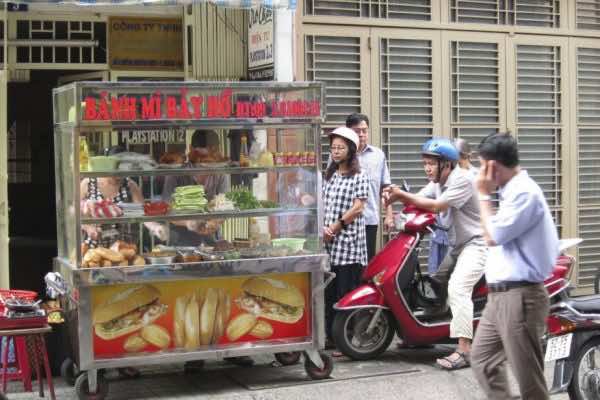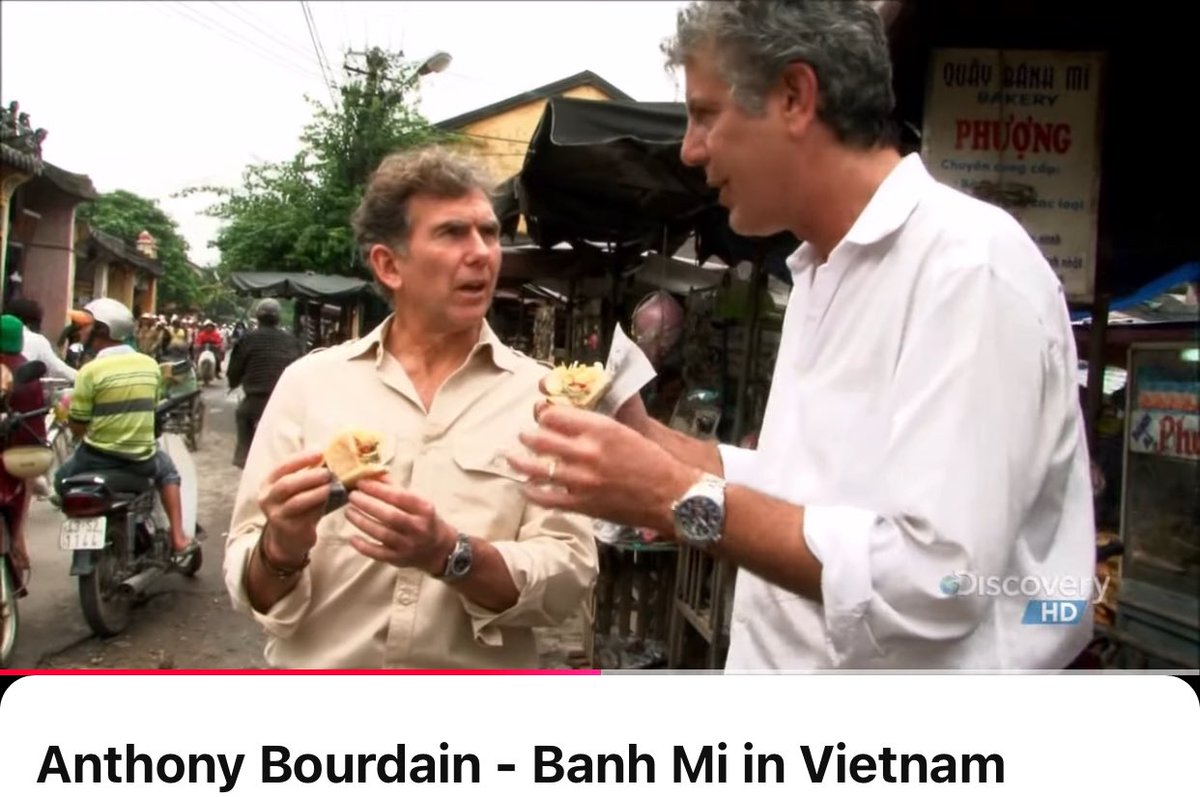The internet ripped Apple for its $19 polishing cloth. But, it's sold out with a months-long backlog.
Based on Apple's pricing psychology, the $19 price tag *actually* makes sense.
Here’s a breakdown 🧵
Based on Apple's pricing psychology, the $19 price tag *actually* makes sense.
Here’s a breakdown 🧵

1/ Apple’s pricing strategy is all about the number “9”.
In fact, the starting price for all Apple products end in the number "9". All of them.
This is def not a coincidence.
In fact, the starting price for all Apple products end in the number "9". All of them.
This is def not a coincidence.

2/ One of the most well-established phenomenons in pricing psychology is the "Odd Pricing Effect".
Prices ending in "9" -- from cheap to expensive products -- signal a deal and drive more consumer demand as compared to a whole round number.
Prices ending in "9" -- from cheap to expensive products -- signal a deal and drive more consumer demand as compared to a whole round number.

3/ "Odd Pricing" relates to another psychological effect called "Left-Digit Bias".
People read numbers from left-to-right and are anchored to the first digit.
Result: when evaluating prices, we overweight the first digit and changes to that number drive the perception of value.
People read numbers from left-to-right and are anchored to the first digit.
Result: when evaluating prices, we overweight the first digit and changes to that number drive the perception of value.

4/ In one famous MIT and U of Chicago study, researchers priced a women's item of clothing at $34, $39 and $44.
The $39-price level ("9") sold the most, even as it was more expensive than $34.
The result demonstrates the power of the "Odd Pricing" / "Left Digit" effects.
The $39-price level ("9") sold the most, even as it was more expensive than $34.
The result demonstrates the power of the "Odd Pricing" / "Left Digit" effects.

5/ Back to Apple
We know the cloth's price will end in "9". But, Apple also has to signal a premium position in the market.
It does so with high prices.
Few have the company's pricing power (to wit: Apple captures 60% of smartphone profits while selling only ~15% of handsets).
We know the cloth's price will end in "9". But, Apple also has to signal a premium position in the market.
It does so with high prices.
Few have the company's pricing power (to wit: Apple captures 60% of smartphone profits while selling only ~15% of handsets).

6/ So, what are Apple's options to price the cloth?
$9? $19? $29?
The first option ($9) is too low. You can buy polishing cloths on Amazon for under $10 and Apple needs to stay "premium".
$29 (or above) is moving into a different tier.
That leaves $19.
$9? $19? $29?
The first option ($9) is too low. You can buy polishing cloths on Amazon for under $10 and Apple needs to stay "premium".
$29 (or above) is moving into a different tier.
That leaves $19.

7/ As it turns out, Apple prices a lot of its commodity accessories at $19.
✔️ USB-C charging cables
✔️ Earphones with cord
✔️ Power adapters
Clearly, $19 is the sweet spot for Apple's customer base. (And when you're buying 4-figure electronics, doesn't really move the needle)
✔️ USB-C charging cables
✔️ Earphones with cord
✔️ Power adapters
Clearly, $19 is the sweet spot for Apple's customer base. (And when you're buying 4-figure electronics, doesn't really move the needle)

8/ Based on Apple's pricing and brand positioning strategy, the $19 price tag for the polishing cloth is actually a logical choice.
Having said that, the jokes are hilarious:
Having said that, the jokes are hilarious:

9/ If you enjoyed that, follow @TrungTPhan for other business threads 1-2x a week.
Here's another one you might like:
Here's another one you might like:
https://twitter.com/trungtphan/status/1452665189208186880
10/ I also do a weekly round-up of hilarious memes and tweets. Here are a bunch for the $19 cloth: trungphan.substack.com/p/apple-19-clo…
11/ Sources
Odd Price (Buynomics): buynomics.com/resources/the-….
Entrepreneur on MIT/UofChi study: entrepreneur.com/article/279464
CNBC: cnbc.com/2017/09/13/why…
Main article here from WSJ (great read): wsj.com/articles/why-1…
Odd Price (Buynomics): buynomics.com/resources/the-….
Entrepreneur on MIT/UofChi study: entrepreneur.com/article/279464
CNBC: cnbc.com/2017/09/13/why…
Main article here from WSJ (great read): wsj.com/articles/why-1…
12/ Don't forget one of Apple's OG "Odd Price" power move: iTunes $0.99 songs.
Steve Jobs even used the classic "one cup of coffee a day" comparison in pitching the iTune's value:
Steve Jobs even used the classic "one cup of coffee a day" comparison in pitching the iTune's value:
13/ Apple Car def gonna be priced at $999,999
https://twitter.com/TrungTPhan/status/1458495775311208448
• • •
Missing some Tweet in this thread? You can try to
force a refresh


















